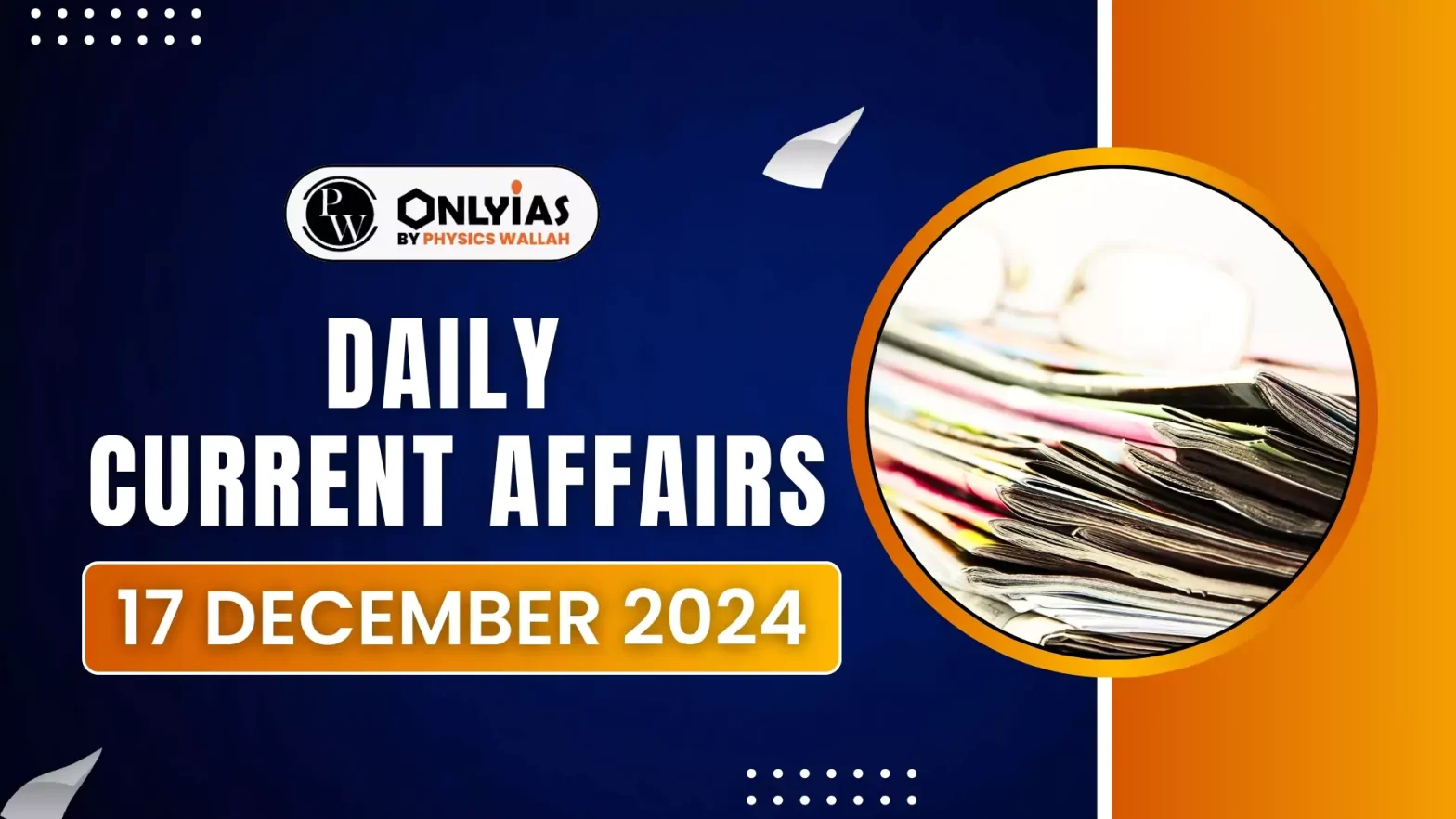India’s Commerce Secretary has confirmed that Switzerland’s suspension of the Most Favoured Nation (MFN) treatment for India will not impact the FTA between India and the European Free Trade Association (EFTA) nations.
About India-EFTA Trade Agreement
- Historical Background: Negotiations on a broad-based Trade and Investment Agreement between India and the EFTA States were officially launched in January 2008.
- Environment and Labor Integration: India has agreed to include issues such as environment and labor, which it has traditionally opposed incorporating in trade agreements.
- Emphasis on Investment Facilitation: India-EFTA FTA includes a detailed investment chapter, which is missing in the other recent Indian FTAs.
- It focuses on investment facilitation issues, not investment protection.
- Foreign Direct Investment (FDI) Commitment from EFTA Nations: India has managed to extract a promise from the EFTA countries that they shall “aim to” increase FDI to India to $50 billion within 10 years of the FTA coming into force.
- Followed by another $50 billion in the succeeding five years.
- Commitment to Job Creation in India: Article 7.1(3)(b) of the investment chapter provides that the EFTA states shall “aim to” facilitate the generation of one million jobs in India.
- These articles codify the obligation to make an honest endeavor towards achieving a goal, notwithstanding the outcome or the result.
- EFTA countries are legally obligated to make an honest effort to invest $100 billion and generate one million jobs in India.
Enroll now for UPSC Online Classes
About European Free Trade Association (EFTA) nations
- EFTA was established on May 3, 1960 with the aim to set up for the promotion of free trade and economic integration to the benefit of its member states and the benefit of their trading partners around the globe.
 Members: The EFTA countries are all part of the Schengen area and all its member states are members of the WTO. It consists of four European countries – Iceland, Liechtenstein, Norway, and Switzerland.
Members: The EFTA countries are all part of the Schengen area and all its member states are members of the WTO. It consists of four European countries – Iceland, Liechtenstein, Norway, and Switzerland. - Headquarters: Geneva, Switzerland.
- Mandates: The main tasks of the Association are threefold:
- Regulation of Economic Relations: Maintaining and developing the EFTA Convention, which regulates economic relations between the four EFTA States.
- Managing the Agreement on the European Economic Area (EEA Agreement): This EEA Agreement brings together the EU and 3 of the EFTA States – Iceland, Liechtenstein and Norway – in a single or also referred to as Internal Market.
- For Free Trade Agreements: Developing EFTA’s worldwide network of free trade agreements (FTAs).

About Trade Agreements
- Trade agreements are formal arrangements between two or more countries, defining specific terms for trade, commerce, or investment.
- These agreements typically involve concessions that benefit all participating parties.
- They can be classified into different types depending on the level of tariff relaxation and investment agreements.
Types of trade agreements
| Type of Trade Agreement |
Key Features |
Example |
| Preferential Trade Agreement (PTA) |
- Countries provide preferential access to specific products by reducing duties on a limited number of tariff lines.
- Maintains a “positive list” detailing products eligible for preferential access.
|
India-MERCOSUR PTA (MERCOSUR includes Argentina, Brazil, Paraguay, Uruguay, and Venezuela). |
| Free Trade Agreement (FTA) |
- Countries agree on preferential trade terms, including broader tariff reductions and concessions.
- A “negative list” outlines products and services excluded from FTA benefits.
- FTAs are more comprehensive than PTAs.
|
India-ASEAN FTA |
| Comprehensive Economic Cooperation Agreement (CECA) |
- Focuses primarily on negotiations for trade tariffs and tariff-rate quotas (TQRs).
- Less comprehensive than CEPA.
|
India-Singapore CECA |
| Comprehensive Economic Partnership Agreement (CEPA) |
- Covers trade in goods and services, investment, trade facilitation, customs cooperation, competition, and intellectual property rights (IPR).
- More extensive than an FTA or CECA.
|
India-UAE CEPA |
Check Out UPSC NCERT Textbooks From PW Store
About India’s Trade Agreements
- India has signed 13 Regional Trade Agreements (RTAs) and Free Trade Agreements (FTAs) with various countries and economic blocs to strengthen its trade relations and improve market access.
- Additionally India has six limited coverage Preferential Trade Agreements (PTAs) with various countries.
Additional Reading: MFN Suspension
![]() 17 Dec 2024
17 Dec 2024

 Members: The EFTA countries are all part of the Schengen area and all its member states are members of the WTO. It consists of four European countries – Iceland, Liechtenstein, Norway, and Switzerland.
Members: The EFTA countries are all part of the Schengen area and all its member states are members of the WTO. It consists of four European countries – Iceland, Liechtenstein, Norway, and Switzerland. 
